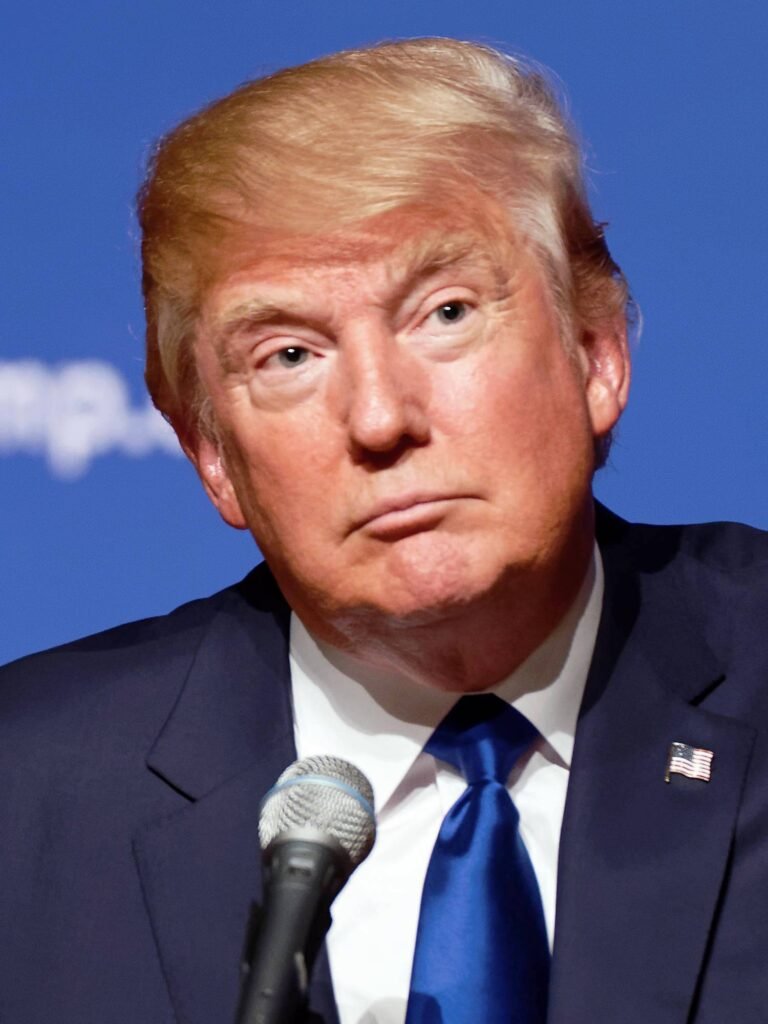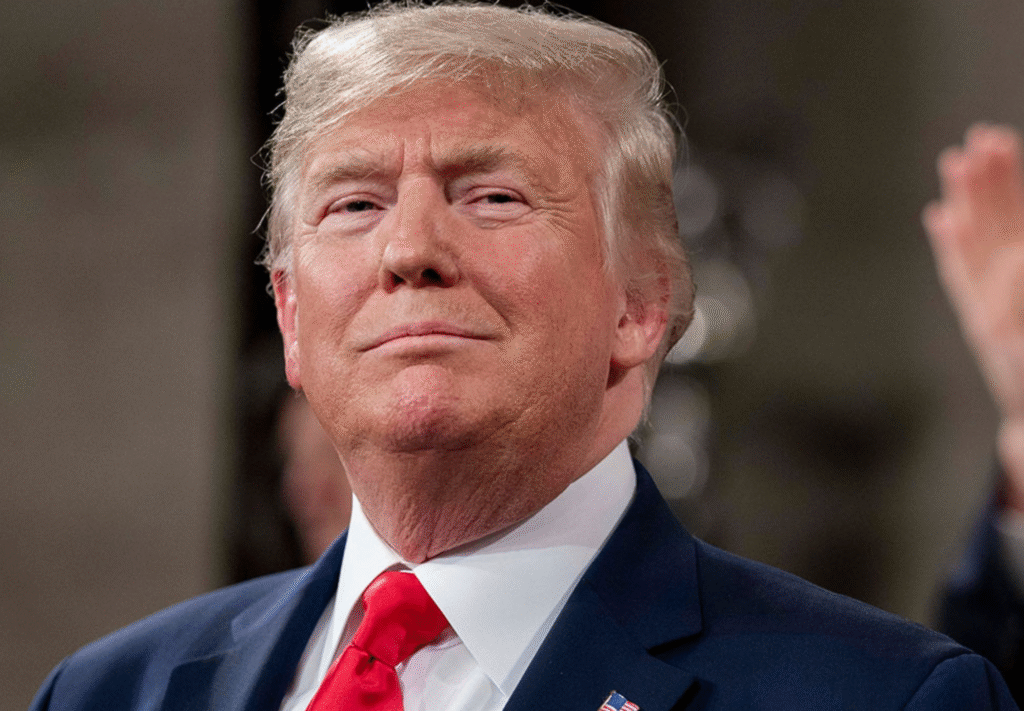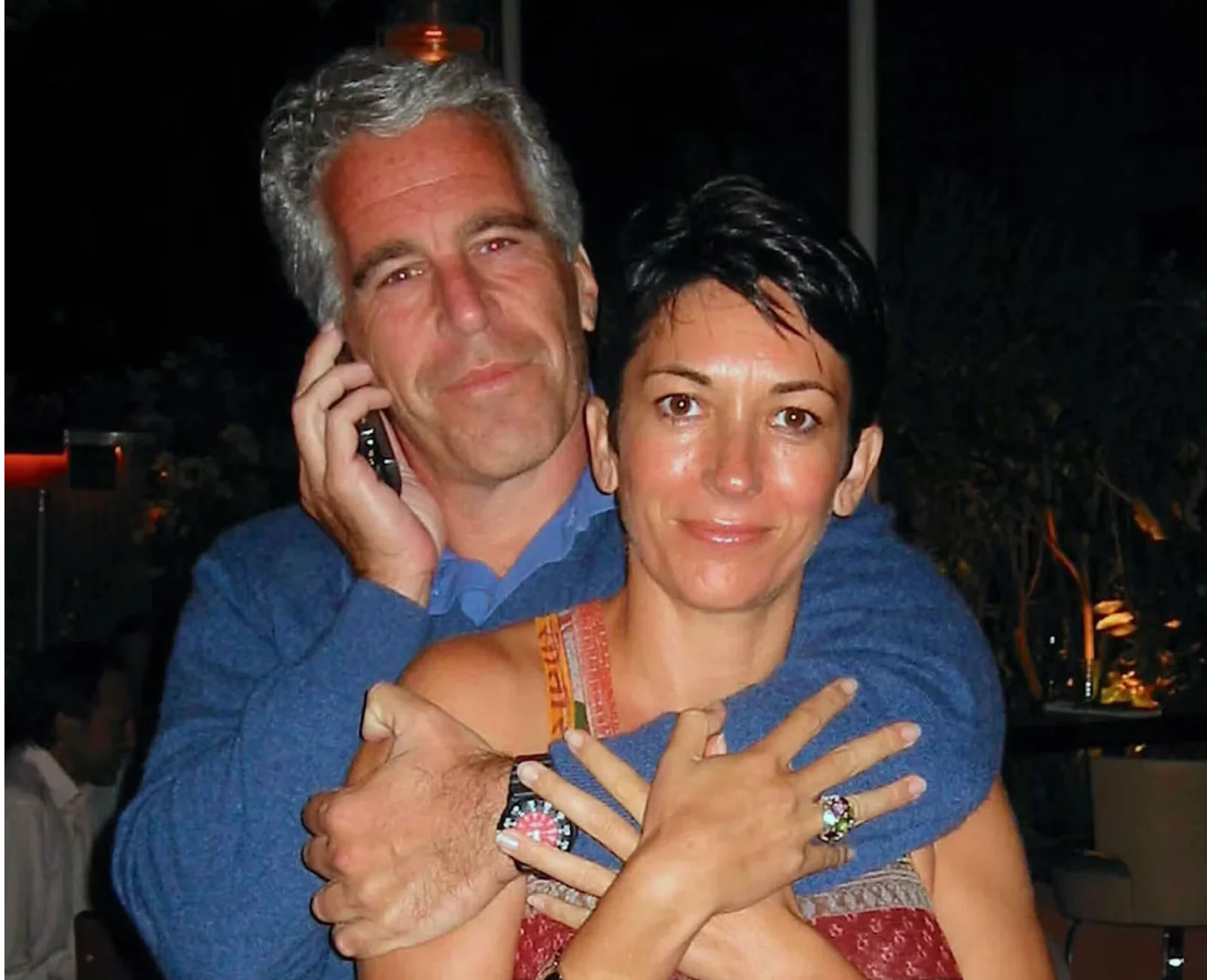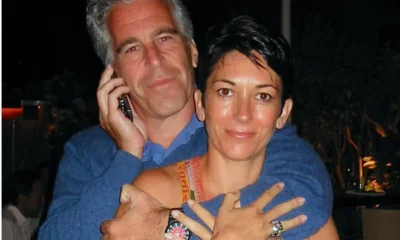World News
Polish prime minister warns Wagner Group moving closer to its border: report on July 30, 2023 at 1:07 am

Polish Prime Minister Mateusz Morawiecki claimed Saturday that the Wagner Group’s mercenaries in Belarus were moving closer to the border of Poland, the Associated Press reported.
Morawiecki said the troops are close to the Suwalki Gap, an important portion of Poland between Belarus and Kaliningrad, a Russian exclave. Poland is a member of NATO and the European Union, making possible threats against the country riskier for members of the two organizations due to mutual defense pacts.
Poland’s government called the migration a form of “hybrid warfare,” and has responded by building a high wall, according to AP.
“Now the situation becomes even more dangerous,” Morawiecki told reporters, adding that “this is certainly a step towards a further hybrid attack on Polish territory.”
The militant group, led by Yevgeny Prigozhin, fought extensively on behalf of Russia in the ongoing war, but gained notoriety after its brief mutiny against the Russian government. Prigozhin and his army relocated to Belarus after a deal was reached between Belarusian President Alexander Lukashenko and Russian President Vladimir Putin and charges against the militant leader were dropped.
The United Kingdom, also a member of NATO, continue to issue warnings earlier this week that the Wagner Group still poses a threat to the West.
Their report, released Wednesday, claimed that despite the appearance of severed ties with the Russian government, Prigozhin’s army could be employed by other countries.
“Even when the Wagner Network has not acted as a direct proxy of the Russian Government, the Kremlin is likely to have benefited from its presence,” the British Parliament said in the report. “So long as the Wagner Network survives in some form, we believe that countries may still, despite an apparent failure of Wagner to deliver on their commitments, turn to the network for security reasons, despite the high price: atrocities, corruption and the plunder of natural resources.”
The news comes after Prighozin was spotted Thursday in St. Petersburg during a summit between Russia and Africa — the first time he’s been seen in Russia since leaving the country.
Polish Prime Minister Mateusz Morawiecki claimed Saturday that the Wagner Group’s mercenaries in Belarus were moving closer to the border of Poland, the Associated Press reported. Morawiecki said the troops are close to the Suwalki Gap, an important portion of Poland between Belarus and Kaliningrad, a Russian exclave. Poland is a member of NATO and…
News
US May Completely Cut Income Tax Due to Tariff Revenue

President Donald Trump says the United States might one day get rid of federal income tax because of money the government collects from tariffs on imported goods. Tariffs are extra taxes the U.S. puts on products that come from other countries.

What Trump Is Saying
Trump has said that tariff money could become so large that it might allow the government to cut income taxes “almost completely.” He has also talked about possibly phasing out income tax over the next few years if tariff money keeps going up.
How Taxes Work Now
Right now, the federal government gets much more money from income taxes than from tariffs. Income taxes bring in trillions of dollars each year, while tariffs bring in only a small part of that total. Because of this gap, experts say tariffs would need to grow by many times to replace income tax money.
Questions From Experts
Many economists and tax experts doubt that tariffs alone could pay for the whole federal budget. They warn that very high tariffs could make many imported goods more expensive for shoppers in the United States. This could hit lower- and middle‑income families hardest, because they spend a big share of their money on everyday items.
What Congress Must Do
The president can change some tariffs, but only Congress can change or end the federal income tax. That means any real plan to remove income tax would need new laws passed by both the House of Representatives and the Senate. So far, there is no detailed law or full budget plan on this idea.

What It Means Right Now
For now, Trump’s comments are a proposal, not a change in the law. People and businesses still have to pay federal income tax under the current rules. The debate over using tariffs instead of income taxes is likely to continue among lawmakers, experts, and voters.
News
Epstein Files to Be Declassified After Trump Order

Former President Donald Trump has signed an executive order directing federal agencies to declassify all government files related to Jeffrey Epstein, the disgraced financier whose death in 2019 continues to fuel controversy and speculation.
The order, signed Wednesday at Trump’s Mar-a-Lago estate, instructs the FBI, Department of Justice, and intelligence agencies to release documents detailing Epstein’s network, finances, and alleged connections to high-profile figures. Trump described the move as “a step toward transparency and public trust,” promising that no names would be shielded from scrutiny.
“This information belongs to the American people,” Trump said in a televised statement. “For too long, powerful interests have tried to bury the truth. That ends now.”
U.S. intelligence officials confirmed that preparations for the release are already underway. According to sources familiar with the process, the first batch of documents is expected to be made public within the next 30 days, with additional releases scheduled over several months.
Reactions poured in across the political spectrum. Supporters praised the decision as a bold act of accountability, while critics alleged it was politically motivated, timed to draw attention during a volatile election season. Civil rights advocates, meanwhile, emphasized caution, warning that some records could expose private victims or ongoing legal matters.
The Epstein case, which implicated figures in politics, business, and entertainment, remains one of the most talked-about scandals of the past decade. Epstein’s connections to influential individuals—including politicians, royals, and executives—have long sparked speculation about the extent of his operations and who may have been involved.

Former federal prosecutor Lauren Fields said the release could mark a turning point in public discourse surrounding government transparency. “Regardless of political stance, this declassification has the potential to reshape how Americans view power and accountability,” Fields noted.
Officials say redactions may still occur to protect sensitive intelligence or personal information, but the intent is a near-complete disclosure. For years, critics of the government’s handling of Epstein’s case have accused agencies of concealing evidence or shielding elites from exposure. Trump’s order promises to change that narrative.
As anticipation builds, journalists, legal analysts, and online commentators are preparing for what could be one of the most consequential information releases in recent history.
Politics
Netanyahu’s UN Speech Triggers Diplomatic Walkouts and Mass Protests

What Happened at the United Nations
On Friday, Israeli Prime Minister Benjamin Netanyahu addressed the United Nations General Assembly in New York City, defending Israel’s ongoing military operations in Gaza. As he spoke, more than 100 delegates from over 50 countries stood up and left the chamber—a rare and significant diplomatic walkout. Outside the UN, thousands of protesters gathered to voice opposition to Netanyahu’s policies and call for accountability, including some who labeled him a war criminal. The protest included activists from Palestinian and Jewish groups, along with international allies.

Why Did Delegates and Protesters Walk Out?
The walkouts and protests were a response to Israel’s continued offensive in Gaza, which has resulted in widespread destruction and a significant humanitarian crisis. Many countries and individuals have accused Israel of excessive use of force, and some international prosecutors have suggested Netanyahu should face investigation by the International Criminal Court for war crimes, including claims that starvation was used as a weapon against civilians. At the same time, a record number of nations—over 150—recently recognized the State of Palestine, leaving the United States as the only permanent UN Security Council member not to join them.
International Reaction and Significance
The diplomatic walkouts and street protests demonstrate increasing global concern over the situation in Gaza and growing support for Palestinian statehood. Several world leaders, including Colombia’s President Gustavo Petro, showed visible solidarity with protesters. Petro called for international intervention and, controversially, for US troops not to follow orders he viewed as supporting ongoing conflict. The US later revoked Petro’s visa over his role in the protests, which he argued was evidence of a declining respect for international law.

Why Is This News Important?
The Gaza conflict is one of the world’s most contentious and closely-watched issues. It has drawn strong feelings and differing opinions from governments, activists, and ordinary people worldwide. The United Nations, as an international organization focused on peace and human rights, is a key arena for these debates. The events surrounding Netanyahu’s speech show that many nations and voices are urging new action—from recognition of Palestinian rights to calls for sanctions against Israel—while discussion and disagreement over the best path forward continue.
This episode at the UN highlights how international diplomacy, public protests, and official policy are all intersecting in real time as the search for solutions to the Israeli-Palestinian conflict remains urgent and unresolved.

 Entertainment2 weeks ago
Entertainment2 weeks agoWicked Sequel Disappoints Fans: Audience Verdict on For Good

 News3 weeks ago
News3 weeks agoYolanda Adams Questions Traditional Views on God’s Gender, Audience Reacts

 Entertainment2 weeks ago
Entertainment2 weeks agoAriana & Cynthia Say They’re in a ‘Non‑Demi Curious, Semi‑Binary’ Relationship… WTF Does That Even Mean?

 News3 weeks ago
News3 weeks agoEpstein Files to Be Declassified After Trump Order

 News4 weeks ago
News4 weeks agoTrump Throws Epstein Files at Clinton’s Door

 Entertainment4 weeks ago
Entertainment4 weeks agoAriana Grande’s Red Carpet: When Fans Forget Boundaries

 Entertainment3 weeks ago
Entertainment3 weeks agoHollywood’s Kiss or Miss Policy: Why Saying No Got Neal McDonough Blackballed

 Entertainment3 weeks ago
Entertainment3 weeks agoJimmy Cliff, Reggae Legend and Star of ‘The Harder They Come,’ Dies at 81



























